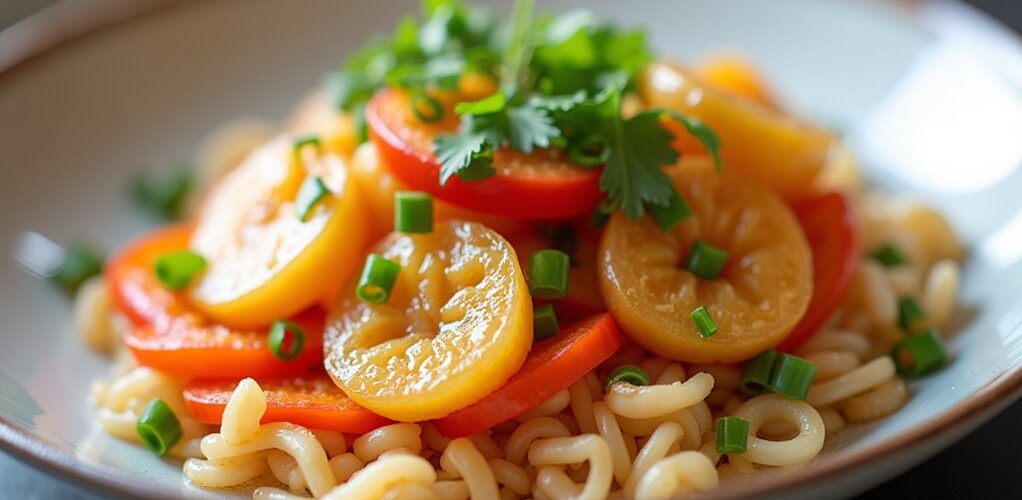
Water chestnuts are not considered low-carb, containing 23.9 grams of carbohydrates per 100 grams, with 20 grams of net carbs after fiber deduction. While they offer beneficial nutrients like vitamin B6, potassium, and antioxidants, their moderate to high glycemic impact requires careful portion control for those following low-carb diets. Alternative Asian vegetables like bok choy (1.2g net carbs) or bamboo shoots (2.2g net carbs) provide more suitable options, while understanding proper preparation methods can maximize their nutritional benefits.
Key Takeaways
- Water chestnuts contain 20 grams of net carbs per 100 grams, making them relatively high in carbohydrates compared to other vegetables.
- Portion control is essential when incorporating water chestnuts into low-carb diets, with recommended servings of 30-50 grams.
- Lower-carb Asian vegetable alternatives include bok choy (1.2g net carbs) and bamboo shoots (2.2g net carbs per 100g).
- Water chestnuts can fit into low-carb Asian cuisine when paired with protein and fiber-rich ingredients to moderate glycemic impact.
- Their unique crunch and texture make them valuable in Asian dishes, but careful measuring is needed to maintain low-carb goals.
What Makes Water Chestnuts Unique
Despite their misleading name, water chestnuts are aquatic vegetables that grow in marshy areas throughout Asia, setting them apart from true nuts with their distinctive characteristics and culinary applications.
These remarkable vegetables possess a unique ability to maintain their crunchy texture even after cooking, making them a prized ingredient in Asian cuisine.
With their high water content and low in calories profile, water chestnuts offer both nutritional and textural benefits to various dishes. They contain beneficial antioxidants, including ferulic acid and catechins, which provide significant health benefits by fighting oxidative stress and potentially offering anti-cancer properties.
Their mildly sweet flavor, combined with their signature crunch, makes them versatile ingredients in stir-fries, salads, and soups, where they retain their distinctive qualities regardless of preparation method.
Breaking Down the Carbohydrate Content
While water chestnuts offer unique textural benefits and nutritional properties, their carbohydrate content warrants careful evaluation for those following specific dietary plans.
Despite their crisp texture and nutrients, water chestnuts require thoughtful consideration when planning low-carb or carbohydrate-restricted diets.
With 23.9 grams of carbohydrates per 100 grams, water chestnuts pose challenges for individuals maintaining strict low-carb diets.
Key factors to evaluate about water chestnuts' carbohydrate profile:
- Contains 3 grams of fiber per 100 grams, affecting net carb counts
- Fresh varieties provide 28 kcal per 100g despite high carbohydrate content
- Canned versions maintain similar carbohydrate levels as fresh
- Alternative low-carb vegetables like broccoli and cauliflower offer better options
For those monitoring their carbohydrate intake carefully, understanding these nutritional aspects helps make informed decisions about incorporating water chestnuts into meal plans or selecting suitable alternatives.
Net Carbs Vs Total Carbs in Water Chestnuts
When examining water chestnuts from a low-carb perspective, the distinction between total carbs and net carbs becomes vital for dietary planning.
The total carbohydrate content of 23.9 grams per 100 grams can be adjusted to 20 grams of net carbs by subtracting the 3 grams of dietary fiber, which greatly impacts daily carb allowances for those following ketogenic or low-carb diets.
This high net carb count presents a challenge for strict low-carb dieters, who typically aim to stay under 20-50 grams of net carbs per day, making water chestnuts a food that requires careful portion control or substitution with lower-carb alternatives.
Understanding Carb Count Differences
Understanding the distinction between total carbs and net carbs in water chestnuts proves essential for individuals following carb-restricted diets. Water chestnuts contain 23.9g of total carbohydrates per 100g serving, with approximately 3g of dietary fiber, resulting in 20.9g of net carbs.
For those monitoring their carbohydrate intake, particularly on ketogenic or low-carb diets, several key points are worth noting:
- Water chestnuts have considerably higher net carbs than common low-carb vegetables.
- The fiber content slightly reduces the net carb impact, but not enough for strict keto diets.
- Alternative vegetables like broccoli, cauliflower, and radishes offer lower net carb options.
- Calculating net carbs (total carbs minus fiber) helps make informed dietary choices when planning meals.
Daily Keto Impact Analysis
Although water chestnuts can fit into a ketogenic diet, their impact on daily carbohydrate limits requires careful consideration and portion control. With 23.9 grams of total carbohydrates per 100 grams, water chestnuts contain considerably more carbs than typical keto-friendly vegetables.
However, their net carbs of 4.63 grams per 100 grams make them more manageable for a low-carb diet when consumed in moderation.
For those following a keto diet with a daily carb intake limit of 20-50 grams, portion size becomes essential. While water chestnuts can be included occasionally, alternatives like broccoli and cauliflower offer lower net carb options that provide more flexibility within daily macros.
This makes them better suited for regular consumption while maintaining ketosis and meeting nutritional goals.
Glycemic Impact and Blood Sugar Response
Despite their crisp texture and versatile culinary applications, water chestnuts present considerable considerations for individuals monitoring their blood sugar levels.
With a moderate to high glycemic index and substantial carb intake of 23.9 grams per 100 grams, these aquatic vegetables can remarkably impact blood glucose management.
For those concerned about glycemic impact, consider these key factors:
- Water chestnuts' starch content may pose a risk for diabetes management
- Their net carb content makes them unsuitable for strict ketogenic diets
- Blood sugar levels can spike considerably after consumption
- Pairing with protein and fiber can help moderate their glycemic impact
Understanding these blood sugar considerations allows individuals to make informed decisions about incorporating water chestnuts into their dietary plans while maintaining stable glucose levels.
Essential Nutrients and Mineral Content
Water chestnuts offer a robust vitamin B profile, particularly B6, which plays an important role in supporting immune function and neurotransmitter production.
The mineral content of water chestnuts includes significant amounts of potassium, which aids in blood pressure regulation and heart health maintenance, along with essential trace minerals like manganese and copper.
These minerals work synergistically to support various bodily functions, including metabolism regulation, bone strength maintenance, and the production of collagen for healthy skin and connective tissues.
Vitamin B Profile Benefits
Nutritional powerhouses like water chestnuts offer an impressive vitamin B profile, with vitamin B6 leading the pack at 25% of daily requirements per serving.
These versatile vegetables contribute notably to overall health through their extensive range of B vitamins and other essential nutrients.
Key benefits of water chestnuts' vitamin B content include:
- Support for neurotransmitter creation and immune system function through vitamin B6
- Enhanced energy metabolism through riboflavin
- Improved skin and eye health maintenance
- Efficient carbohydrate and amino acid processing through manganese
The combination of vitamin B compounds works synergistically with other nutrients, including potassium and fiber, to support digestion and promote ideal nutrient absorption.
This nutrient profile makes water chestnuts particularly valuable for maintaining cellular health and metabolic function.
Mineral Content Overview
A thorough profile of mineral content reveals that water chestnuts pack a powerful nutritional punch, offering significant amounts of essential nutrients like potassium, manganese, and other vital minerals. These nutrients contribute to various bodily functions, particularly cardiovascular health and amino acids metabolism.
| Nutrient | Amount per 100g |
|---|---|
| Potassium | 191 mg |
| Vitamin C | 21 mg |
| Dietary Fiber | 1.8g |
| Vitamin B6 | 0.2 mg |
| Manganese | 0.2 mg |
The combination of these minerals and other essential nutrients makes water chestnuts a valuable addition to a balanced diet. With potassium supporting heart health, manganese aiding carbohydrates metabolism, and dietary fiber promoting digestive wellness, these aquatic vegetables offer extensive nutritional benefits beyond their crispy texture.
Water Chestnuts in Traditional Asian Dishes
Traditional Asian cuisine celebrates the distinctive crunch and versatility of water chestnuts across a wide array of beloved dishes. Their unique crunchy texture and low-calorie profile make them an essential ingredient in numerous traditional recipes, while providing important nutritional benefits like fiber and potassium.
Common applications in Asian cuisine include:
- Stir-fries where they maintain their signature crunch even after cooking
- Chinese dumplings and chop suey dishes that benefit from their sweet, crisp bite
- Fresh Thai and Vietnamese salads that showcase their invigorating qualities
- Pickled preparations served as appetizers or side dishes
The integration of water chestnuts in these dishes demonstrates their adaptability while maintaining their distinctive properties, making them a valuable ingredient in both classic and contemporary Asian cooking.
Cooking Methods That Maintain Nutrients
While Asian cuisine showcases water chestnuts' versatility, preserving their nutritional value requires specific cooking techniques. Various cooking methods can help maintain the nutrients and crisp texture that make water chestnuts popular low-calorie foods.
Sautéing or stir-frying retains essential nutrients like potassium and vitamin B6, while a quick blanch in boiling water helps preserve their characteristic crunch and hydration properties.
For peak nutrient retention, cast-iron cookware provides even heat distribution, preventing overcooking and preserving crucial nutrients such as vitamin C.
Grilling or roasting with minimal oil enhances flavor while maintaining nutritional benefits and antioxidant content. Those seeking to maximize fiber content and natural flavors can enjoy water chestnuts raw in salads or as healthy snacks.
Low-Carb Recipe Adaptations
Adapting traditional recipes to be low-carb friendly requires strategic ingredient substitutions, with water chestnuts serving as an excellent foundation due to their naturally low carbohydrate content. In quick stir-fry dishes, combining water chestnuts with cauliflower rice instead of traditional white rice can dramatically reduce the carb count while maintaining satisfying textures and flavors. These versatile vegetables can be incorporated into numerous low-carb Asian recipes, from beef and broccoli to chicken lettuce wraps, where their crunch and subtle sweetness enhance the overall eating experience without compromising dietary goals. It's essential to avoid starchy vegetables like potatoes and corn, which are high in carbs and can disrupt ketosis in low-carb diets.
Smart Ingredient Swaps
Replacing water chestnuts in low-carb cooking requires thoughtful ingredient selection to maintain the signature crunch and texture that makes Asian dishes memorable.
Several keto-friendly alternatives offer comparable qualities while keeping carbohydrate content minimal. Consider these versatile ingredient swaps for different cooking applications:
- Jicama provides similar crunchy texture with only 6g net carbs per 100g, ideal for raw preparations.
- Radishes offer the lowest carb option at 1.8g per 100g, perfect for salads and quick pickles.
- Bamboo shoots contain just 2g net carbs per 100g, working well in stir-fries and soups.
- Cauliflower and broccoli, both at 3g net carbs per 100g, add satisfying crunch to cooked dishes.
These alternatives maintain the desired textural elements while considerably reducing the carbohydrate content of traditional Asian recipes.
Quick Low-Carb Stir-Fry Tips
Creating delicious low-carb stir-fries requires strategic ingredient selection and preparation techniques to maintain authentic flavors while minimizing carbohydrate content.
When crafting a keto diet-friendly stir-fry, combine water chestnuts, which contain 4.63g net carbs per 100g, with lower-carb vegetables like cauliflower and broccoli. These vegetables provide similar texture while keeping the overall carbohydrate count manageable.
Select protein-rich ingredients such as chicken, shrimp, or tofu to create a filling meal without adding unnecessary carbs. To enhance flavor profiles, incorporate aromatics like garlic and ginger, along with low-sodium soy sauce or coconut aminos.
Using cast-iron cookware guarantees proper heat distribution, helping maintain the signature crunch of water chestnuts while perfectly cooking other vegetables, resulting in a satisfying low-carb Asian-inspired dish.
Health Benefits Beyond Carbohydrates
While water chestnuts are often discussed regarding their carbohydrate content, these versatile aquatic vegetables offer an impressive array of health benefits beyond their macronutrient profile.
Being low in calories and high in potassium, water chestnuts support cardiovascular health and weight management goals while providing essential nutrients.
Water chestnuts offer a nutritious way to support heart health and weight control while delivering vital nutrients in a low-calorie package.
- Contains potent antioxidants like ferulic acid that combat oxidative stress
- Provides 25% of daily Vitamin B6 requirements, supporting immune function
- Delivers 1.8g of dietary fiber per 100g for digestive health
- Maintains hydration with high water content while being nutrient-dense
These health benefits make water chestnuts a valuable addition to balanced diets, offering more than just their signature crunch.
Their nutrient profile supports overall wellness while keeping calorie intake modest, making them an excellent choice for health-conscious individuals.
Weight Management Considerations
The role of water chestnuts in weight management requires careful consideration due to their moderate carbohydrate content of 23.9 grams per 100 grams. While this may present challenges for those following strict low-carb diets, water chestnuts offer several beneficial properties that can support weight loss efforts. Their low caloric density of 97 calories per 100 grams, combined with high water content at 74%, promotes satiety and helps control portion sizes. Additionally, the dietary fiber content of approximately 3 grams per 100 grams aids digestion and contributes to a lasting feeling of fullness. These characteristics make water chestnuts a practical choice for individuals managing their weight, as they can add satisfying crunch and texture to meals while maintaining reasonable portion control, even when accounting for their carbohydrate content. For those on a ketogenic diet, understanding how appetite regulation through increased ketone production works can help incorporate such foods in moderation without compromising weight loss goals.
Portion Control Guidelines
Successful management of water chestnuts in a low-carb diet depends on carefully measured portions that align with daily carbohydrate limits.
Understanding proper serving sizes enables individuals to incorporate these crunchy vegetables while maintaining keto-friendly eating patterns.
- Standard serving size of 30-50 grams keeps carbohydrate intake manageable
- Measure portions before adding to dishes to prevent exceeding daily limits
- Track cumulative carb intake when using water chestnuts in multiple meals
- Consider net carbs by accounting for fiber content in portion calculations
- The ketogenic diet reduces carbohydrate intake, leading to enhanced insulin sensitivity and improved appetite regulation.
For ideal portion control, individuals should weigh water chestnuts before cooking and incorporate them in moderation throughout their meals.
This measured approach allows for the enjoyment of their unique texture while staying within carbohydrate restrictions, particularly important for those following strict low-carb or ketogenic diets.
Alternative Low-Carb Asian Vegetables
While traditional water chestnuts provide a signature crunch in Asian cuisine, several low-carb vegetables offer similar textural benefits.
Bok choy features crisp stalks and nutrient-rich leaves that work perfectly in stir-fries and soups.
Bamboo shoots present a viable alternative to water chestnuts, offering comparable crunchiness with fewer carbohydrates and a distinct, subtle flavor profile that complements various Asian dishes.
Asian cabbage varieties, including Napa and Savoy cabbage, contribute essential texture and versatility to low-carb cooking while maintaining authenticity in traditional recipes.
Crunchy Bok Choy Benefits
Many health-conscious individuals seeking low-carb alternatives to water chestnuts discover bok choy as an exceptional choice, containing merely 1.2g of net carbs per 100g serving.
This versatile vegetable offers numerous benefits for those following a low-carb or keto lifestyle while maintaining the satisfying crunch desired in Asian cuisine.
Key benefits of incorporating bok choy include:
- Supports weight management with only 13 calories per 100g serving
- Contains powerful antioxidants that help prevent chronic diseases
- Provides essential vitamins A, C, and K for immune and bone health
- Maintains its crunchy texture in stir-fries and soups, making it an ideal water chestnut substitute
With its high water content and nutrient density, bok choy serves as a practical addition to health-conscious meal planning while satisfying texture preferences.
Bamboo Shoots Versus Chestnuts
For individuals seeking low-carb alternatives in Asian cuisine, bamboo shoots emerge as a superior choice to water chestnuts, offering nearly half the net carb content at 2.2g per 100g serving.
While both vegetables provide similar caloric values, with bamboo shoots at 27 kcal and water chestnuts at 28 kcal per 100g, the lower carbohydrate content of bamboo shoots makes them particularly suitable for low-carb and ketogenic diets.
Bamboo shoots deliver 2.3g of dietary fiber per 100g, supporting digestive health while maintaining minimal impact on blood sugar levels.
These versatile vegetables can be seamlessly incorporated into stir-fries, soups, and salads, offering the same satisfying crunch as water chestnuts.
This combination of lower carbohydrates and similar texture makes bamboo shoots an ideal substitute in traditional Asian dishes.
Asian Cabbage Varieties
When seeking nutritious alternatives to water chestnuts in Asian cuisine, Napa cabbage and bok choy stand out as exceptional low-carb options, containing just 2.2g and 1.2g of net carbs per 100g serving, respectively.
These versatile vegetables offer similar crunchy texture while providing essential nutrients and remaining high in fiber.
These Asian cabbage varieties enhance various dishes through their:
- Natural ability to absorb flavors in stir-fries and soups
- Satisfying crunch that mimics water chestnuts
- High water content, making them filling yet low in calories
- Adaptability in both raw and cooked preparations
Both vegetables excel in traditional Asian cuisine while supporting low-carb dietary goals, offering creative culinary uses from kimchi to braised dishes, and providing essential vitamins A and C along with calcium.
Storage Tips and Shelf Life
The proper storage of water chestnuts greatly impacts their longevity and flavor quality. Fresh water chestnuts require refrigeration in plastic bags, where they can maintain freshness for up to two weeks when properly stored.
Store water chestnuts properly in refrigerated plastic bags to maintain their fresh taste and extend shelf life up to two weeks.
To prevent spoilage, they should be monitored for soft spots and wrinkles, while keeping moisture exposure minimal.
Canned water chestnuts offer more flexibility in storage options, as unopened cans can be kept in cool, dry places for extended periods.
Once opened, however, they should be transferred to a suitable container and refrigerated.
Before using either variety, implementing specific preparation steps enhances their quality. Fresh chestnuts can be submerged in water after peeling to prevent browning, while canned varieties should be rinsed to reduce sodium content and improve taste.
Shopping Guide for Quality Selection
Selecting high-quality water chestnuts requires careful attention to specific visual and physical indicators, whether choosing fresh or canned varieties. For ideal quality selection, consumers should evaluate both options based on clear criteria and storage conditions.
- Fresh water chestnuts should display smooth, unwrinkled skin without blemishes or soft spots, indicating peak freshness and crisp texture.
- Canned water chestnuts must be within their expiration date and require thorough rinsing under cold water to reduce sodium content.
- Asian markets typically offer superior fresh water chestnuts, making them preferred shopping destinations.
- Proper storage in the refrigerator, using plastic bags, can maintain freshness for up to two weeks.
When purchasing canned varieties, checking the packaging date ensures ideal flavor, while fresh selections should feel firm and heavy for their size.
Frequently Asked Questions
Can I Eat Water Chestnuts on a Low Carb Diet?
Water chestnuts contain high carbohydrates despite their dietary fiber benefits. For low carb diets, healthier Asian vegetables and snacks include cauliflower or radishes, which provide similar textures while supporting effective carb counting.
Are Water Chestnuts High in Carbs?
Water chestnuts have a relatively high carbohydrate content, containing 23.9g per 100g serving. Their nutritional profile requires consideration for those with dietary restrictions, despite offering health benefits and versatile culinary uses.
What Can You Eat Low Carb at a Chinese Restaurant?
Choose steamed vegetables, keto-friendly dishes like garlic shrimp, and protein pairings with sugar-free sauces. Low-carb appetizers include clear soups, while healthy stir-fries feature non-starchy Chinese vegetable options.
Are Water Chestnuts Asian?
Water chestnuts originated in Asia, specifically Southeast Asia and China. These aquatic tubers are integral to Asian cuisine, offering nutritional benefits and appearing in numerous traditional dishes across various regional recipes.
Conclusion
Water chestnuts present a moderate carbohydrate choice for Asian cuisine enthusiasts, containing roughly 24g of total carbs per cup. While not strictly low-carb, their high water content, fiber, and essential minerals make them a nutritious option when portioned mindfully. Health-conscious diners can enjoy water chestnuts in moderation as part of a balanced diet, or explore lower-carb alternatives like bamboo shoots and bean sprouts for traditional Asian dishes.
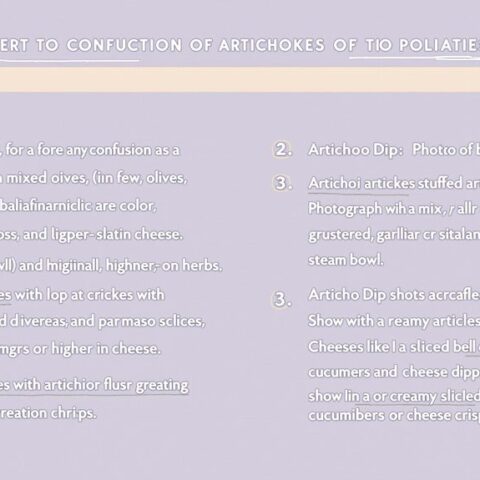
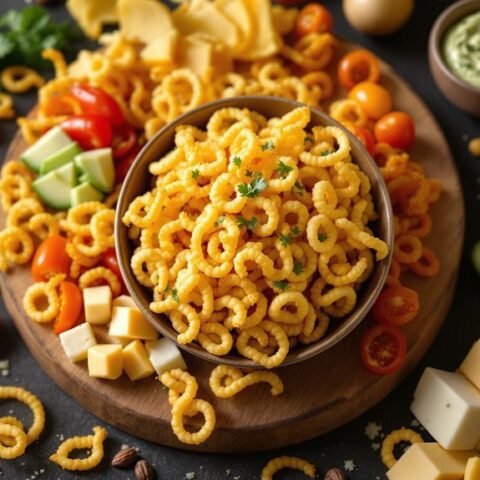
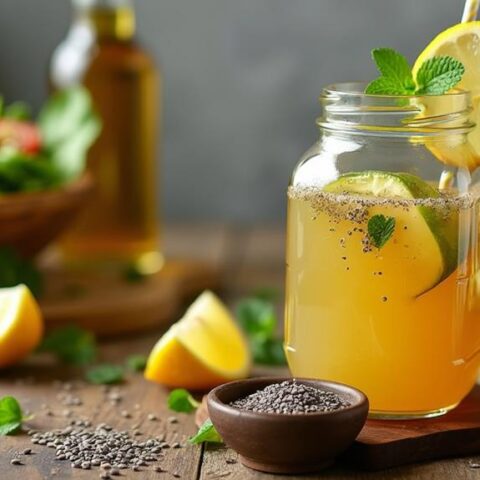
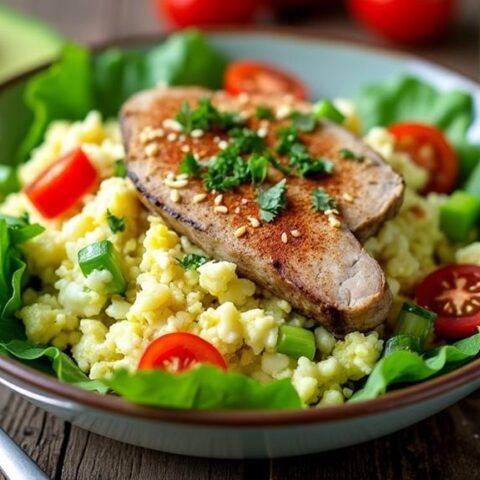
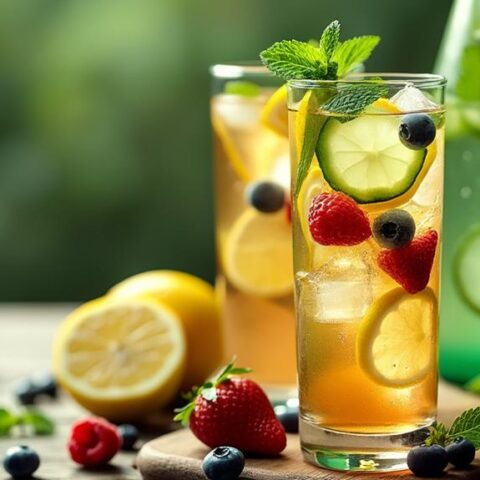

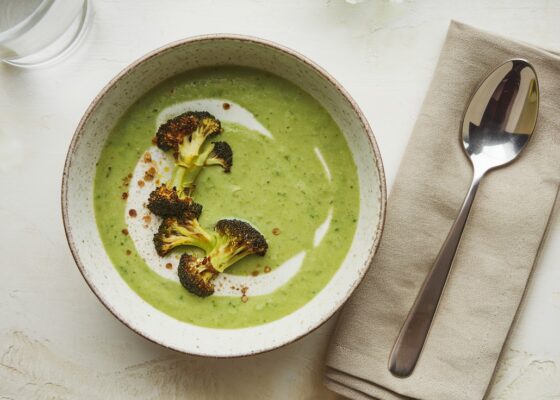
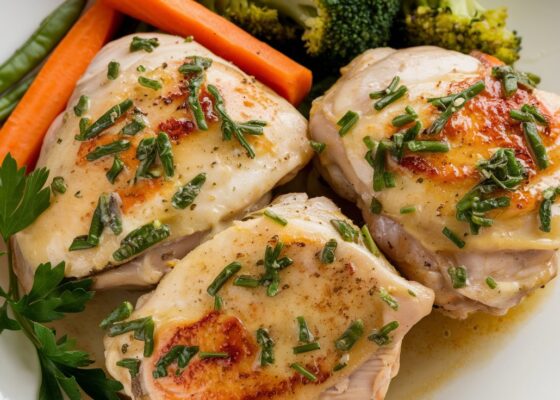
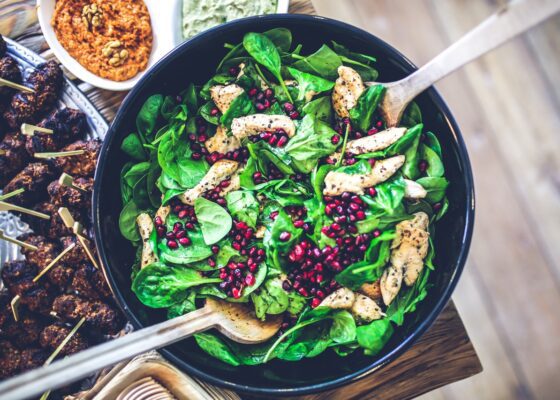
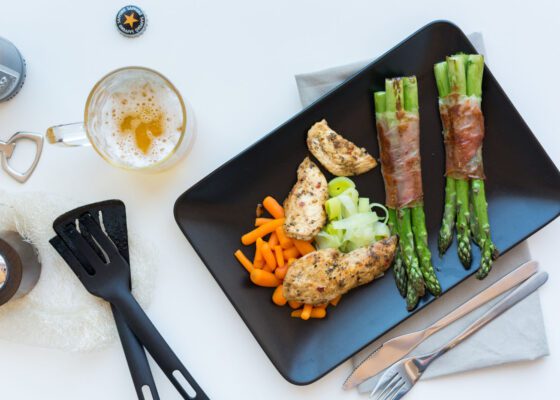
No Comments